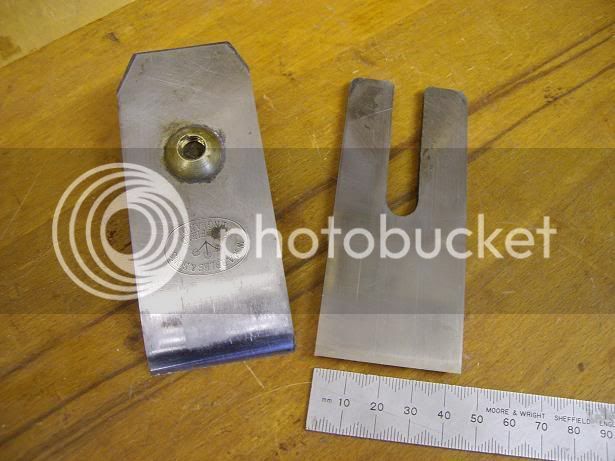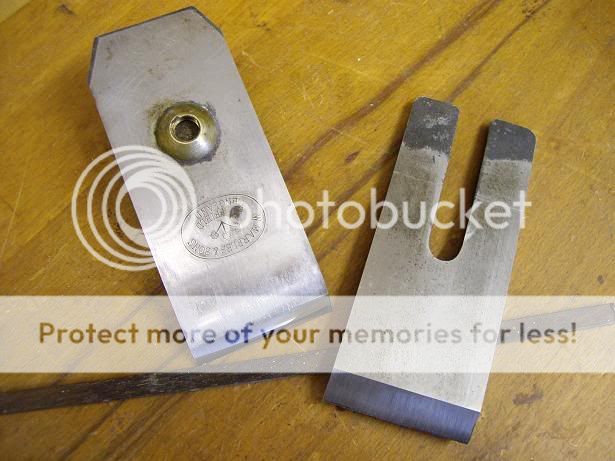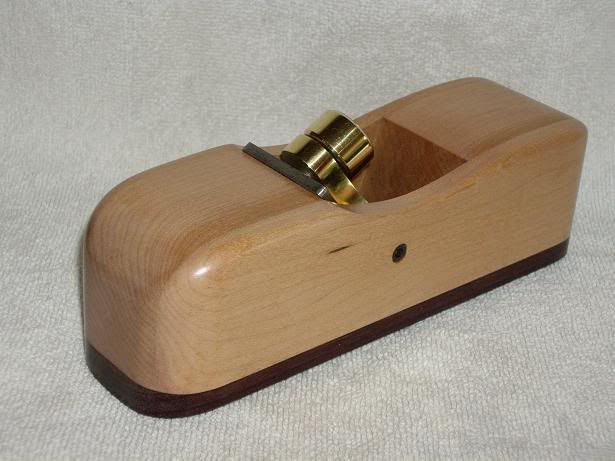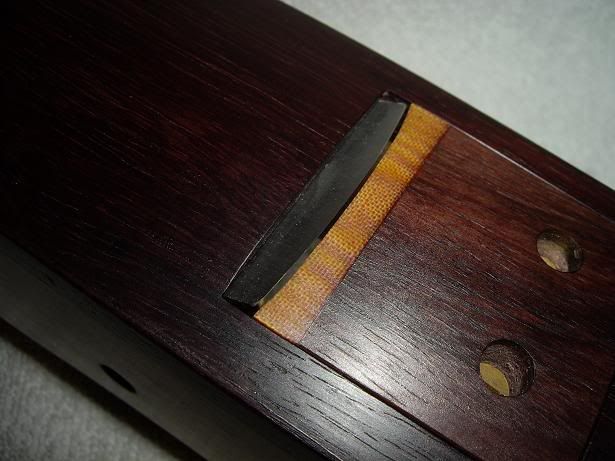NeilO
Established Member
what kind of wood should be used for the body??(got a nice piece of zebrano, i thought would look nice) any preferences?
any particular way to grind the bevel?, normal bench grinder, worried about the heat from that, or tormek?
what kind of metal, iknow its tool steel, but HSS, carbon or what?
i was unable to get a copy of Tonys write up in good woodeorking , my Smiffs either dont stock it , or it was all sold out :shock: if thats the case where are all my local woodies :lol:
so any help would be grateful, will try to see if Smiffs can get a copy for me, by back order, or whatever..
any particular way to grind the bevel?, normal bench grinder, worried about the heat from that, or tormek?
what kind of metal, iknow its tool steel, but HSS, carbon or what?
i was unable to get a copy of Tonys write up in good woodeorking , my Smiffs either dont stock it , or it was all sold out :shock: if thats the case where are all my local woodies :lol:
so any help would be grateful, will try to see if Smiffs can get a copy for me, by back order, or whatever..





































